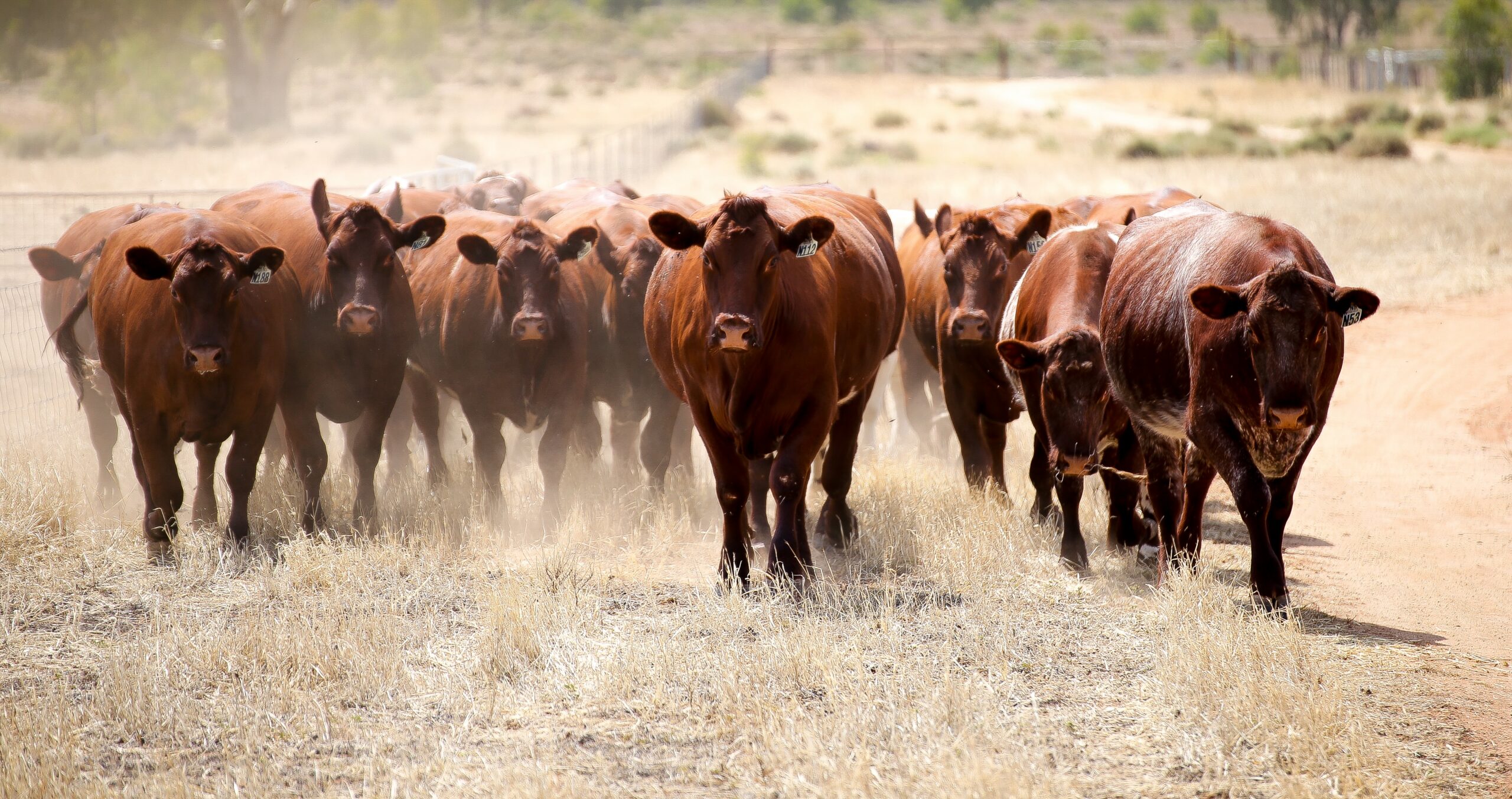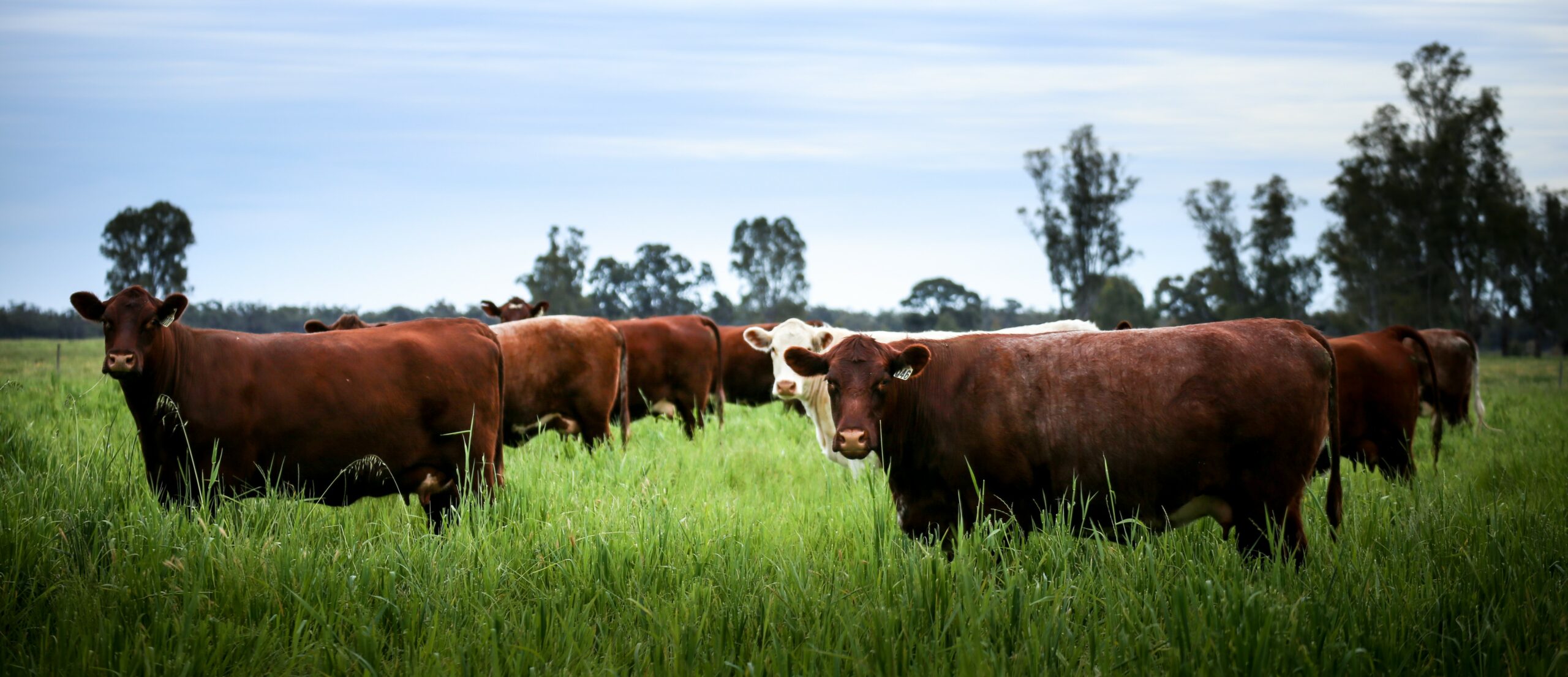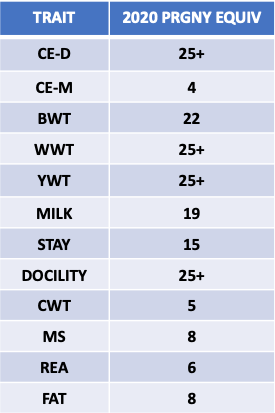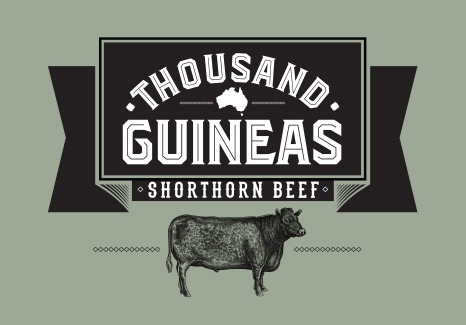SHORTHORN GENOMICS
GENOMICS IN SHORTHORNS
Genomics are a useful tool for breeders to manage qualitative traits such as Polledness, verify Parentage or manage genetic conditions such as Myostatin E226X.
For EPD calculation, genomics work in a very similar way to traditional genetic evaluation systems, however they gather the primary data from a different source. This allows genomics to add further accuracy to traditional genetic evaluations, however it also means that to achieve the most accurate EPD’s, breeders must measure both phenotypes and genomics. The increased accuracy from genomics is particularly helpful in assessing non-parent animals, which can increase the accuracy of selection decisions.
Currently the Shorthorn breed has in excess of 6,000 genotypes incorporated into the IGS analysis.
More Australian genotypes are needed to further increase the accuracy of genomic predictions for the Shorthorn population in Australia however, genomics are currently informative for the Shorthorn Beef population.
This will assist in increasing the accuracy of prediction, particularly for non-parent Shorthorn animals.
This is an exciting step for the Shorthorn breed and an important advancement to delivering increased profitability for the breeds customers.
SHORTHORN GENOMIC PRODUCTS
Genomics offers more than EPD prediction. It aslo includes parentage, poll testing and genetic defect testing.
All of these are useful tools in the modern breeders toolkit.
Depending on your requirements, there are several different levels of testing offered.
• Parentage Verification only
• Poll Testing only
• Managing genetic conditions such as Myostatin, Digital Sublaxation (DS), Tibial Hemimelia (TH) and Pulmonary Hypoplasia with Anasarca (PHA).
• 50K & Parentage only
• Shorthorn Standard Bundle – which includes 50K, Parentage, Poll and Myostatin testing.
Commercial Shorthorn breeders also have tools at their disposal for using genomics to refine the accuracy of selection for replacement females. The Igenity genomic test from Neogen Australasia, may be the right tool to help you make more informed decisions and increase the value of genetics in your herd.
For seedstock herds, the Shorthorn Standard bundle offers the best value, however breeders looking for specific tests may find it beneficial to use a dedicated test.
Tissue Sampling Units (TSU’s) are the preferred method for DNA testing, however tail hair follicles, semen or blood cards may also be used.
GENOTYPES NEED PHENOTYPES
Whilst some believe that genotyping will replace the need for collecting traits (phenotypes), nothing could be further from truth. Even in the genomic world, phenotypes are still king.
Some members may look to genotyping as a way of reducing the amount of phenotypes that need to be recorded, however to get the most out of genomics in non-parent animals it becomes more important that phenotypes are also submitted.
We recommend for non-parent animals that you have a strategy when genotyping animals that includes genotyping across contemporary groups and recording all phenotypes within the contemporaries.
WHAT IS YOUR GENOMIC STRATEGY?
It is important to have a strategy to make the most of genomic technologies for use in your herd.
In many systems, breeders have tended to focus on genotyping sale bulls. The result is that for many breeds maternal genotypes are now the hardest traits to be measured. Whilst we are certainly not suggesting that breeders shouldn’t genotype sale bulls, there are three reasons why genotyping females will prove very beneficial.
1. Maternal traits generally have a lower heritability than growth or carcase traits and yet maternal efficiency, including calving ease, affect profitability more than all other traits. Being able to increase the accuracy of selection in females is critical to give you the best selection tools for your future profitability.
2. Increasing the accuracy of your breeding herd will also help to increase the accuracy of their progeny. Meaning that genotyping females may also lift the accuracy of EPD prediction on your sale bulls.
3. Genotyping at birth or weaning also gives you the chance to check that all pedigrees are correct. If there are any anomalies, it will be easier to rectify them earlier, rather than wait until joining or calving.







